Mises en garde sur les corrélations
Introduction aux statistiques en Python

Maggie Matsui
Content Developer, DataCamp
Relations non linéaires
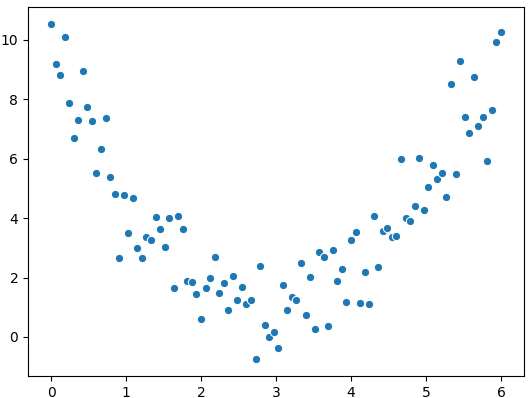
$$r = 0,18$$
Relations non linéaires
Ce que nous voyons :
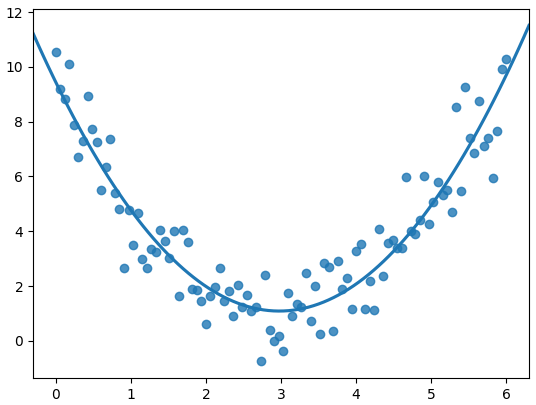
Ce que le coefficient de corrélation voit :
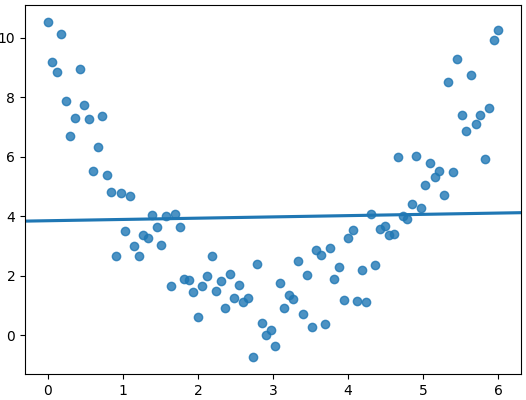
La corrélation ne tient compte que des relations linéaires
La corrélation ne doit pas être utilisée aveuglément
df['x'].corr(df['y'])
0.081094
Visualisez toujours vos données

Données sur le sommeil des mammifères
print(msleep)
name genus vore order ... sleep_cycle awake brainwt bodywt
1 Cheetah Acinonyx carni Carnivora ... NaN 11.9 NaN 50.000
2 Owl monkey Aotus omni Primates ... NaN 7.0 0.01550 0.480
3 Mountain beaver Aplodontia herbi Rodentia ... NaN 9.6 NaN 1.350
4 Greater short-ta... Blarina omni Soricomorpha ... 0.133333 9.1 0.00029 0.019
5 Cow Bos herbi Artiodactyla ... 0.666667 20.0 0.42300 600.000
.. ... ... ... ... ... ... ... ... ...
79 Tree shrew Tupaia omni Scandentia ... 0.233333 15.1 0.00250 0.104
80 Bottle-nosed do... Tursiops carni Cetacea ... NaN 18.8 NaN 173.330
81 Genet Genetta carni Carnivora ... NaN 17.7 0.01750 2.000
82 Arctic fox Vulpes carni Carnivora ... NaN 11.5 0.04450 3.380
83 Red fox Vulpes carni Carnivora ... 0.350000 14.2 0.05040 4.230
Poids corporel en fonction du temps d’éveil
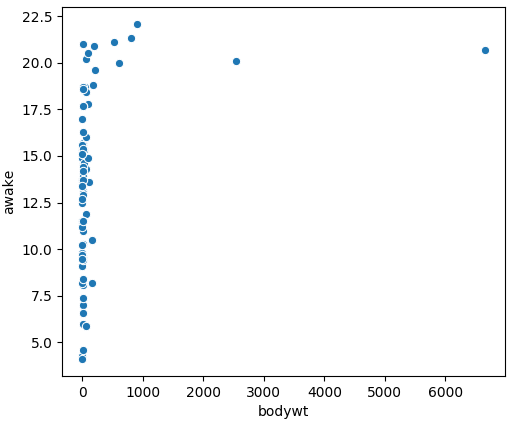
msleep['bodywt'].corr(msleep['awake'])
0.3119801
Distribution du poids corporel
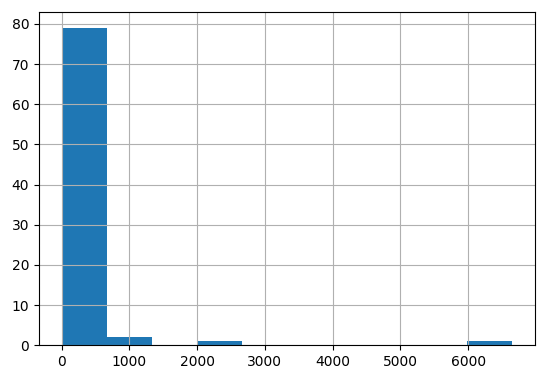
Transformation logarithmique
msleep['log_bodywt'] = np.log(msleep['bodywt'])sns.lmplot(x='log_bodywt', y='awake', data=msleep, ci=None) plt.show()
msleep['log_bodywt'].corr(msleep['awake'])
0.5687943
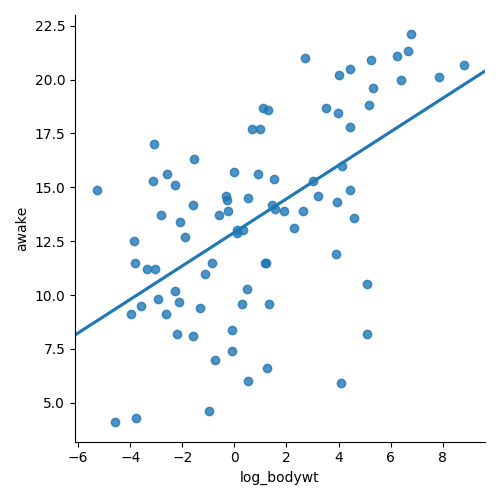
Autres transformations
- Transformation logarithmique (
log(x)) - Transformation en racine carrée (
sqrt(x)) Transformation inverse (
1 / x)Les combinaisons de ces éléments, par exemple :
log(x)etlog(y)sqrt(x)et1 / y
Pourquoi utiliser une transformation ?
- Certaines méthodes statistiques s’appuient sur le fait que les variables ont une relation linéaire
- Coefficient de corrélation
- Régression linéaire
La corrélation n’implique pas la causalité
x est en corrélation avec y ne signifie pas x cause y
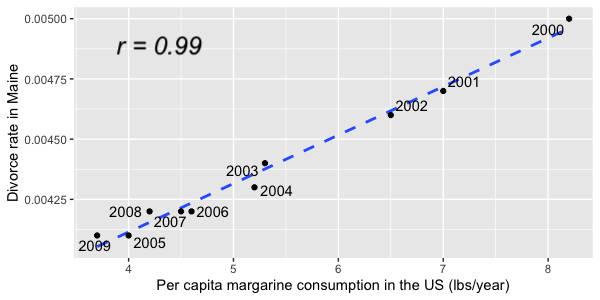
Confusion
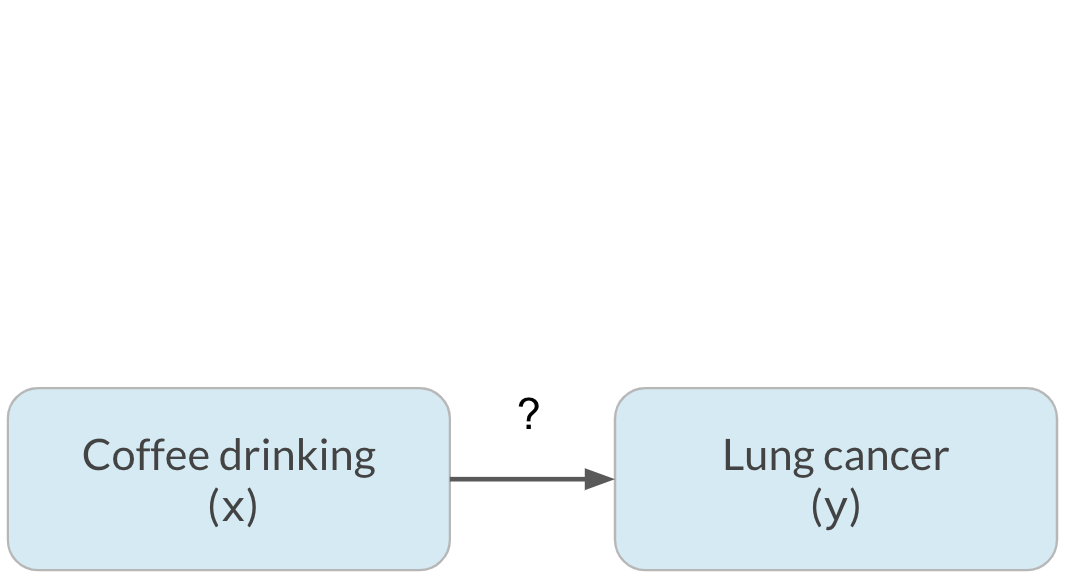
Confusion
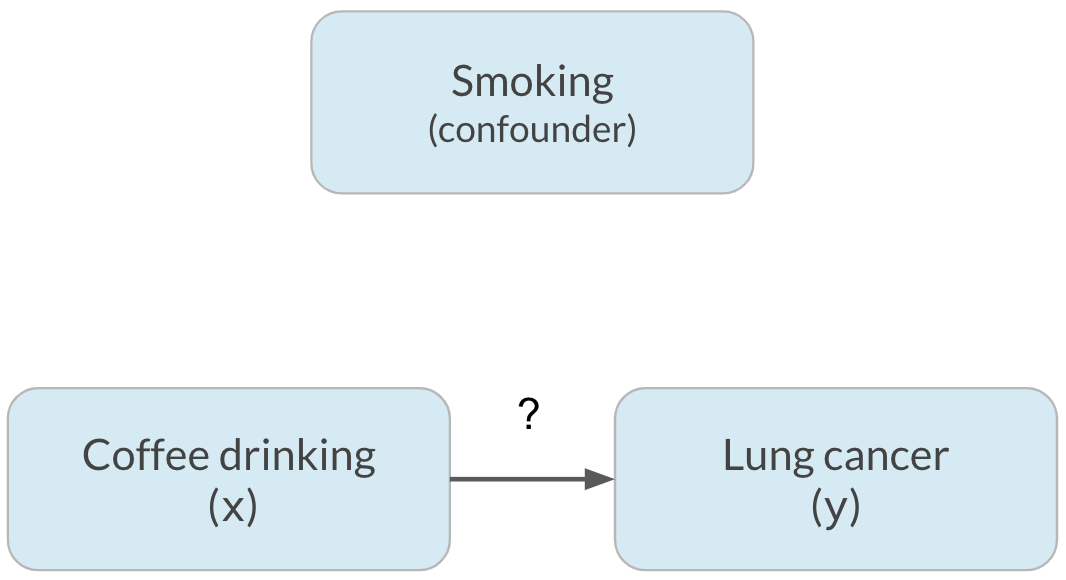
Confusion
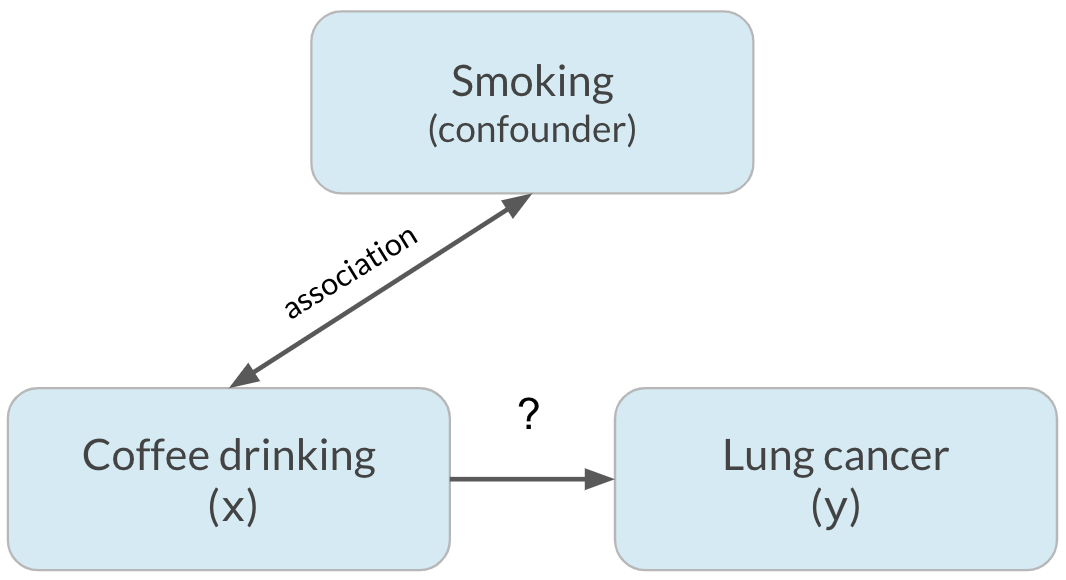
Confusion
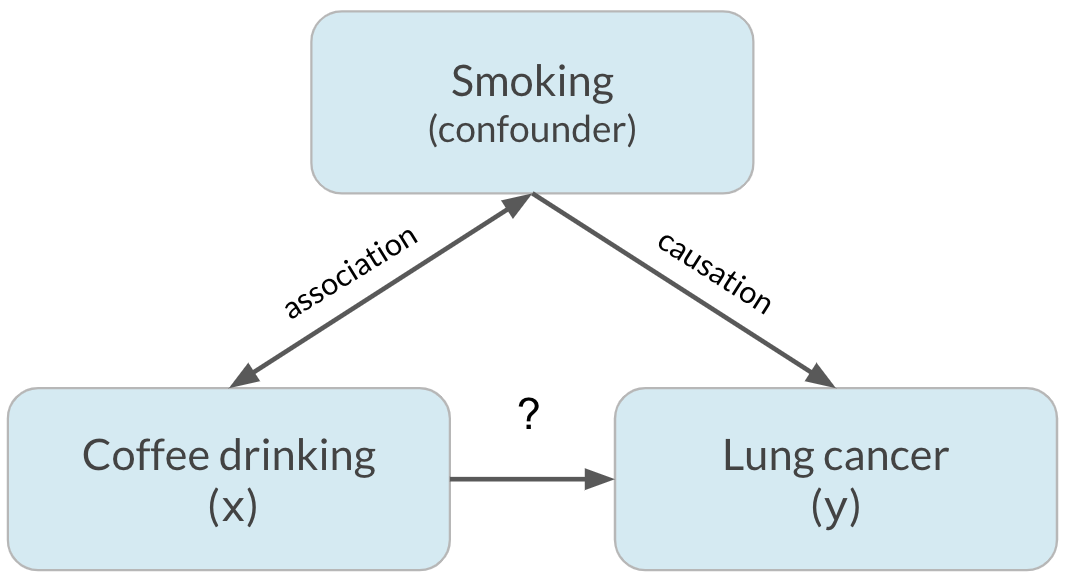
Confusion
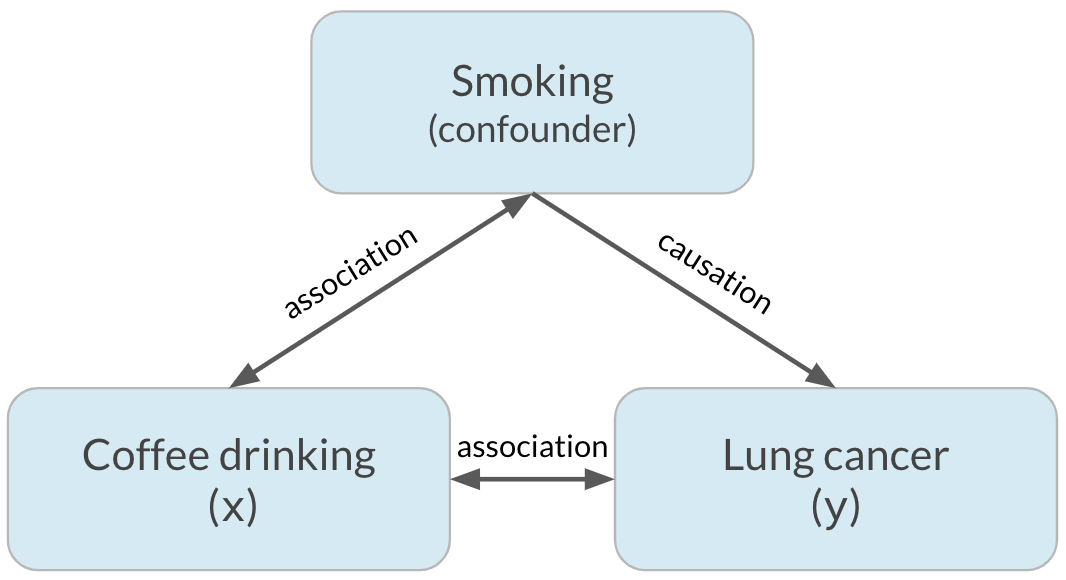
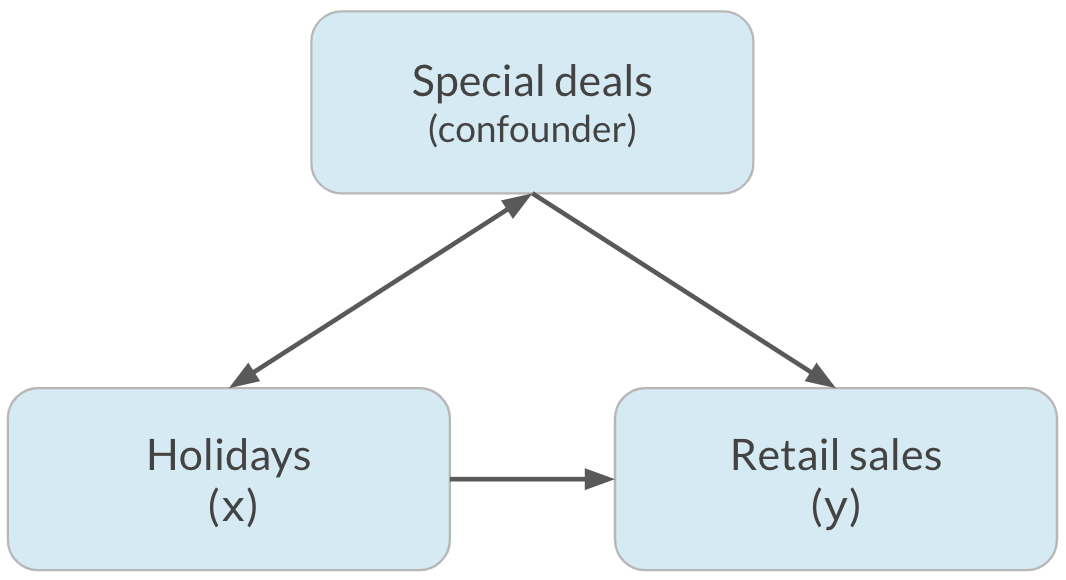
Passons à la pratique !
Introduction aux statistiques en Python

